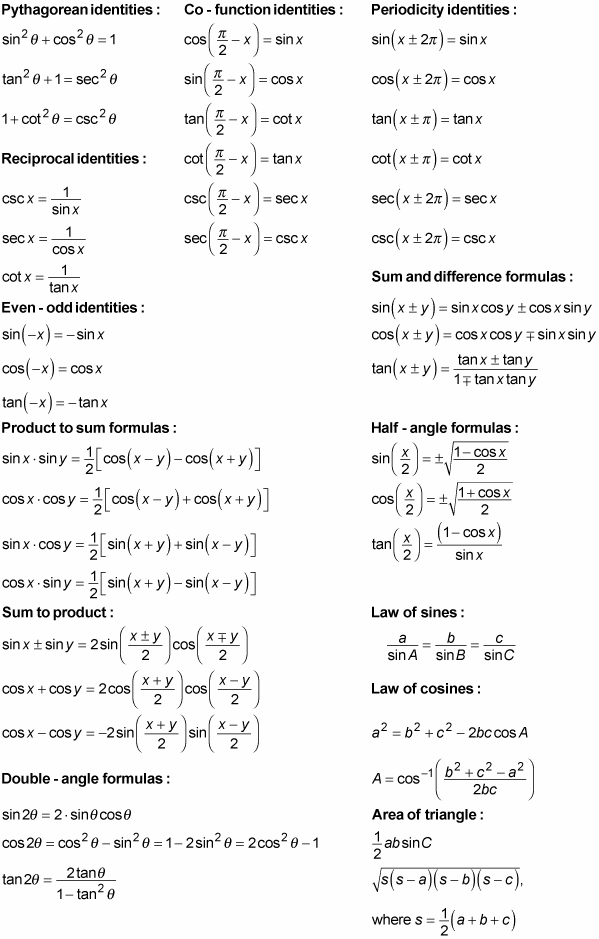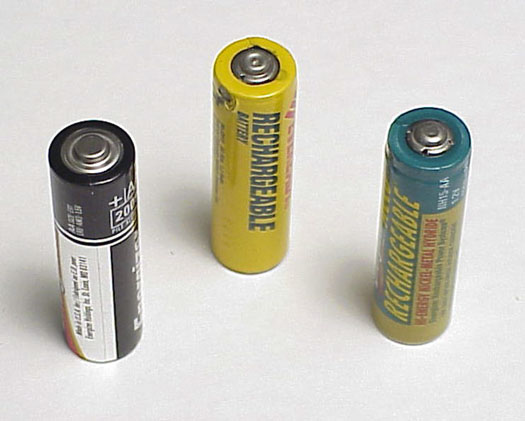You can either sit or stand while playing the guitar, and the position you choose makes virtually no difference to your tone or technique, provided you maintain good guitar-playing posture. Most people prefer to sit while practicing but stand while performing publicly. The one exception to the sit or stand option is the classical guitar; the orthodox practice is to play in a seated position only. This practice doesn't mean that you can't play a classical-style guitar or classical music while standing, but the serious pursuit of the classical guitar requires that you sit while playing.
Settling in to a sitting position
To hold the guitar in a sitting position, rest the waist of the guitar on your right leg. (The waist is the indented part between the guitar's upper and lower bouts, which are the protruding curved parts that look like shoulders and hips.) Place your feet slightly apart. Balance the guitar by lightly resting your right forearm on the bass bout. Don't use the left hand to support the neck. You should be able to take your left hand completely off the fretboard without the guitar dipping toward the floor.
Classical guitar technique, on the other hand, requires you to hold the instrument on your left leg, not on your right. This position puts the center of the guitar closer to the center of your body, making the instrument easier to play, especially with the left hand, because you can better execute the difficult fingerings of the classical-guitar music in that position.
You must also elevate the classical guitar, which you can do either by raising the left leg with a specially made guitar foot stool (the traditional way) or by using a support arm, which goes between your left thigh and the guitar's lower side (the modern way). This device enables your left foot to remain on the floor and instead pushes the guitar up in the air.
Standing position
To stand and play the guitar, you need a strap that is securely fastened to both strap pins on the guitar (or otherwise tied to the guitar). Then you can stand in a normal way and check out how cool you look in the mirror with that guitar slung over your shoulders. You may need to adjust the strap to get the guitar at a comfortable playing height.
If your strap slips off a pin while you're playing in a standing position, you have about a fifty-fifty chance of catching your guitar before it hits the floor (and that's if you're quick and experienced with slipping guitars). So don't risk damaging your guitar by using an old or worn strap or one with holes that are too large for the pins to hold securely. Guitars aren't built to bounce, as Pete Townshend has demonstrated so many times.
Your body makes a natural adjustment in going from a sitting to a standing position. So don't try to overanalyze where your arms fall, relative to your sitting position. Just stay relaxed and, above all, look cool. (You're a guitar player now! Looking cool is just as important as knowing how to play . . . well, almost.)
dummies
Source:http://www.dummies.com/how-to/content/perfect-postures-for-playing-guitar.html

